Impetigo (Clinical)
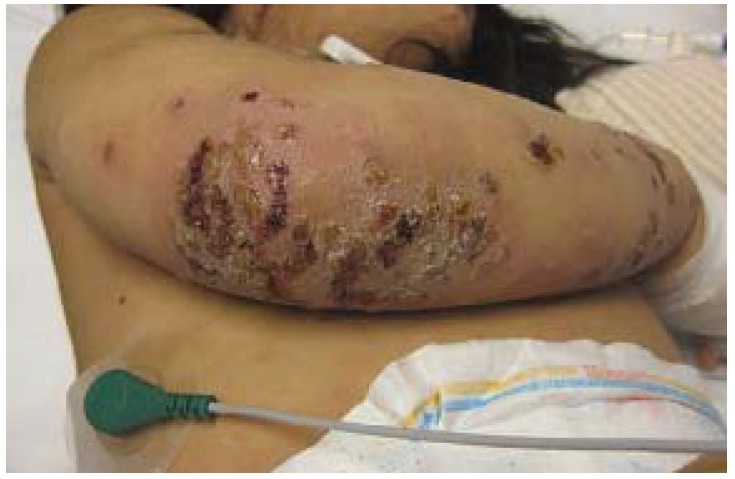
Epidemiology and Etiology Epidemiology[1,5,6] Etiology[1,2,5,6] Clinical Presentation There are 3 variants of impetigo: Non-bullous impetigo[1,5,6] Bullous impetigo[1,5,6] Ecthyma[1,5,6] Diagnosis Diagnosis is usually clinical, based on the natural sequence of the lesions and the presence of honey-colored crusts on pediatric patients aged 2–5 years.[5,6] Management and Complications Management Management depends on the type and severity of […]
Cellulitis (Clinical)
Overview Definition[1] Cellulitis is inflammation of the skin and subcutaneous tissues. It is often due to infection. Epidemiology and etiology[1‒3] Risk factors[2] Pathophysiology and Clinical Presentation Pathophysiology[1,2] Clinical findings[1,2] Diagnosis Management and Complications Antibiotic protocols may vary based on the microbiologic susceptibility of the population of the practice location. The following recommendations are based on […]
Staphylococcal Scalded Skin Syndrome (SSSS) (Clinical)
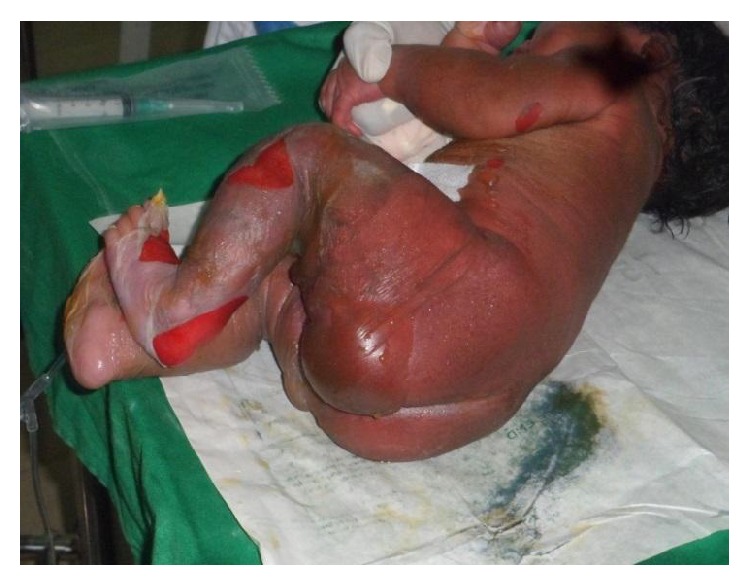
Overview Epidemiology[1,2,5,7,8] Etiology[1,2,5,8,13] Pathophysiology Clinical Presentation Diagnosis and Management Diagnosis Management Management of SSSS includes aggressive treatment of primary infection and supportive care. The following recommendations are based on the most recent literature and guidelines for the treatment of staphylococcal infections from the US and UK. Supportive measures Antibiotic coverage IV antibiotics should be initiated […]
Actinic Keratosis (Clinical)

Overview Definition Epidemiology[3,4] Risk factors[3,4] Clinical Presentation Description of lesions[2,5] Clinical course[2,4,5] Variants[2] Diagnosis Diagnosis is usually made clinically by inspection and palpation (rough, sandpaper-like texture). Additionally, clinicians may employ:[3,4,7,8] Management Management may vary depending on practice location. The following information is primarily from US and UK clinical guidelines. Choice of therapy may be determined […]
Leukoplakia (Clinical)
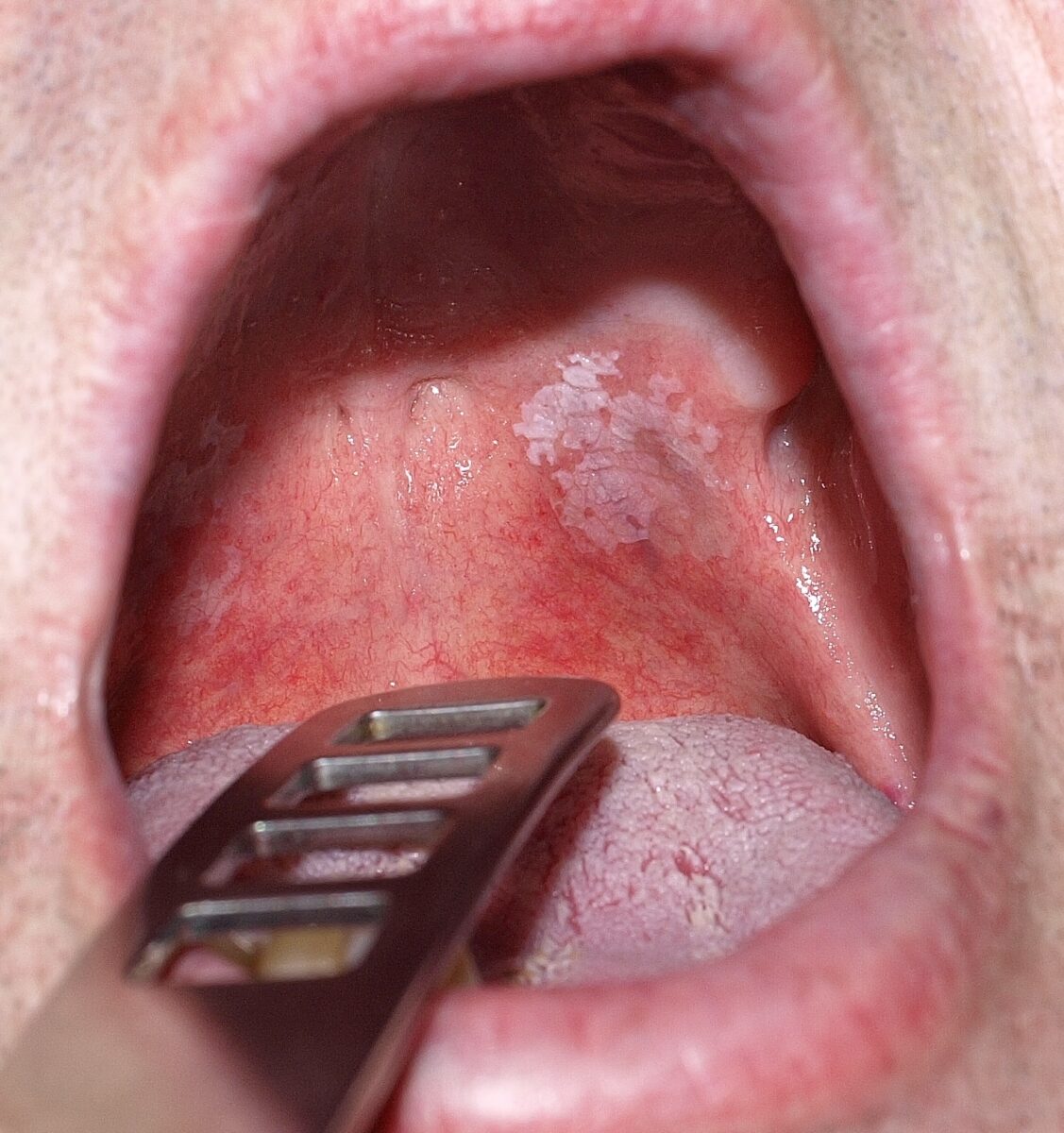
Overview Definition[1,4] Epidemiology[1,4,12] Risk factors[2,4,12] Risk factors are similar to those for squamous cell carcinoma (SCC). Pathophysiology[3] Clinical Presentation General findings[4] Homogeneous leukoplakia[12‒14] This form is less likely to be malignant and is characterized by: Nonhomogeneous leukoplakia[12,14] Nonhomogeneous leukoplakia presents a higher risk of malignant transformation and may appear: Locations[4,10] Diagnosis and Management Diagnosis[12‒14] Leukoplakia […]
Blepharitis (Clinical)
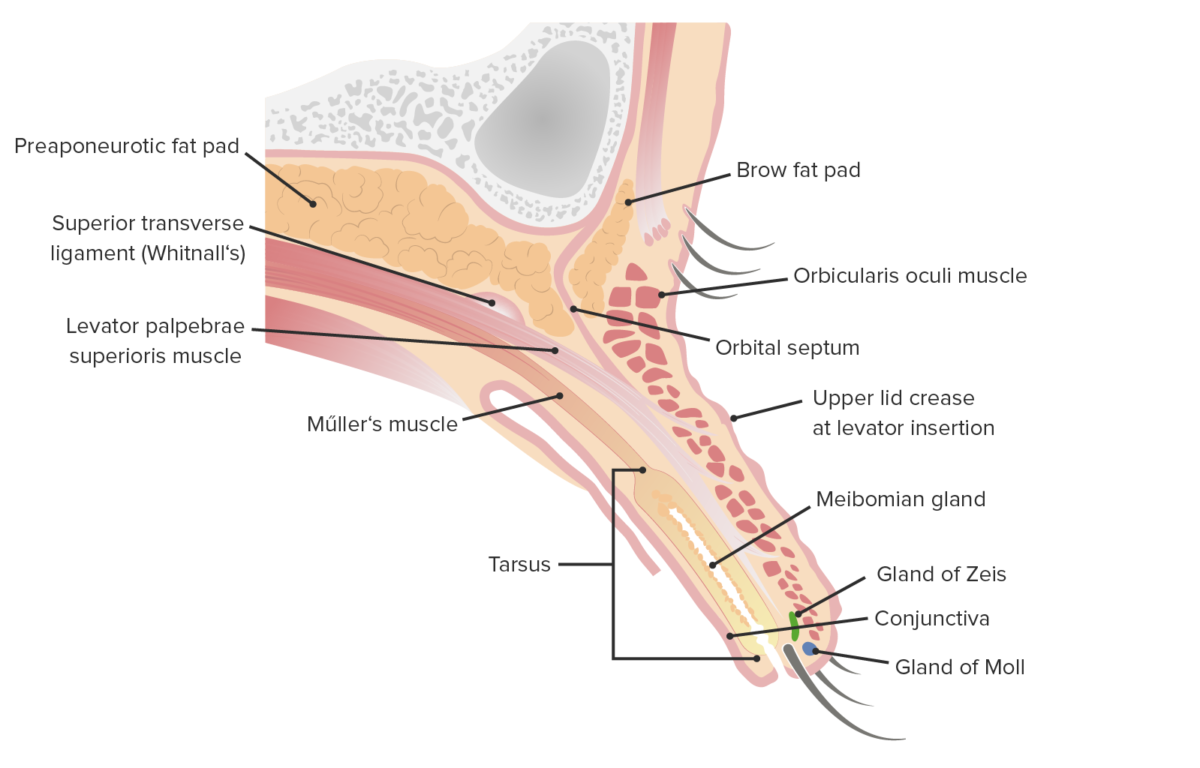
Overview Definition[1-5] Anatomy[1] Types[1,4,5] Pathophysiology and Etiology Pathophysiology[1,3-5] Etiology[1‒5] Clinical Presentation Symptoms[1-5] Signs[1,4,5] Diagnosis Management Management may vary based on locale. The following information is based on US and UK guidelines for adult patients. Nonpharmacologic[6-8] Pharmacologic[6-8] Table: Oral antibiotic options for blepharitis[6-8] Medication Typical dose (adult) Doxycycline 100 mg twice daily Minocycline 100 mg twice […]
Hordeolum (Stye) (Clinical)
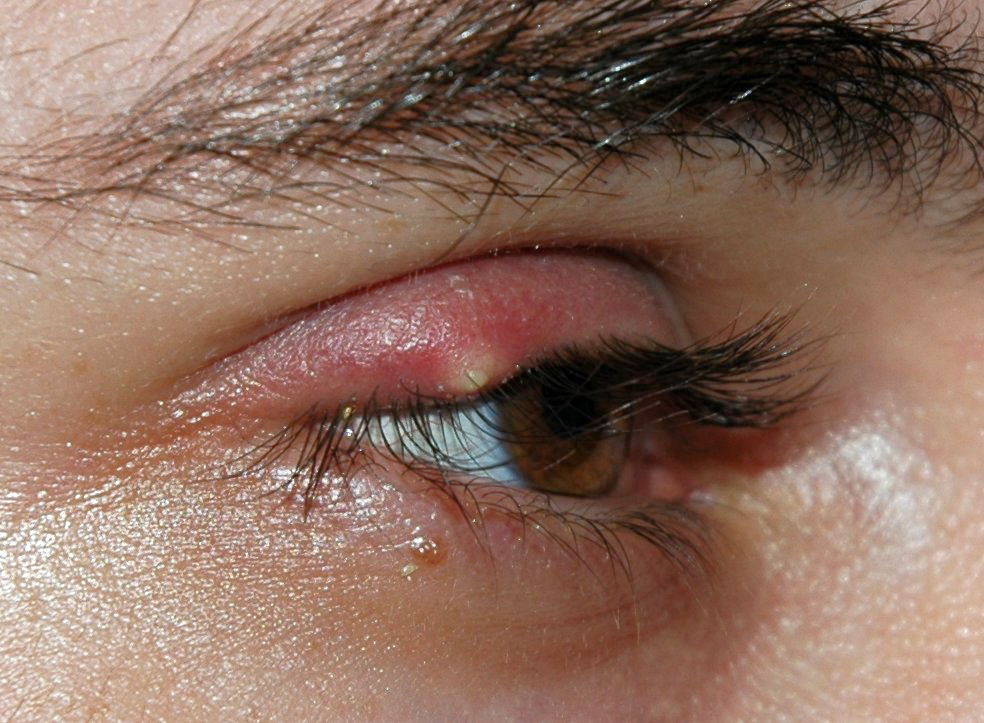
Overview Anatomy[3] Hordeolum[1-6] Table: Eyelid glands Name Type Opening location Infection Gland of Zeis Sebaceous gland Directly into the eyelash follicle External hordeolum Gland of Moll Modified sweat glands Between adjacent lashes External hordeolum Meibomian gland Modified sebaceous gland Behind eyelashes Internal hordeolum Etiology Clinical Presentation and Diagnosis Clinical presentation[1,2] Diagnosis[4-6,8] Management Clinical trials and […]
Chalazion (Clinical)
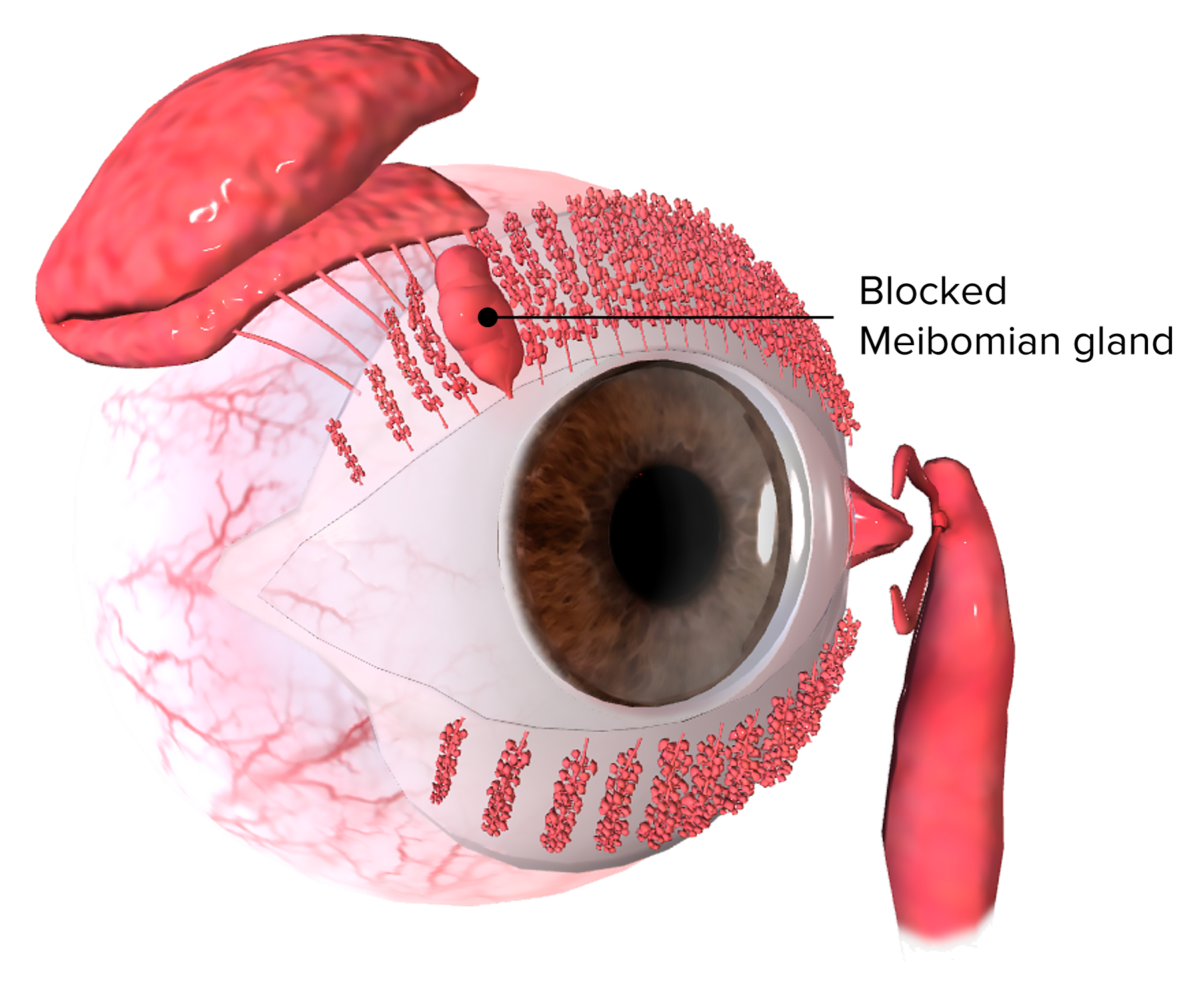
Epidemiology and Etiology Epidemiology[2] Etiology[2] Occurs due to gland blockage, which can be associated with: Pathophysiology and Clinical Presentation Pathophysiology[2-4] Clinical presentation[1,2] Diagnosis and Management Diagnosis[4] Diagnosis is clinical based on the history and physical exam. Management Conservative management:[4,5] Invasive treatment (for a persistent or large, symptomatic chalazion):[4,6] Differential Diagnosis References
Rhabdomyolysis (Clinical)
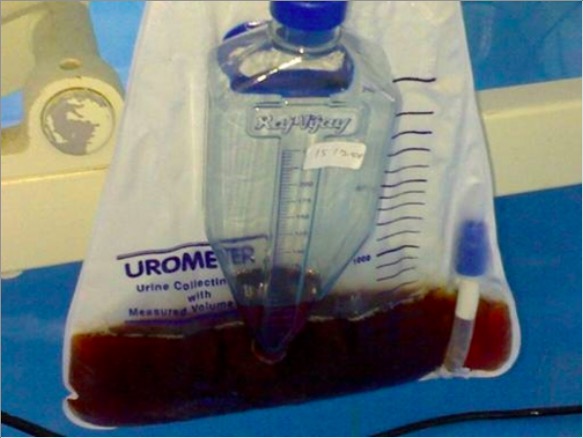
Overview Definition[2‒4] Rhabdomyolysis is a syndrome marked by muscle necrosis, resulting in the release of toxic intracellular muscle constituents into the circulation (especially myoglobin). Etiology[1‒4] Pathophysiology Muscle injury[2‒4] Renal injury[2,4] Renal injury is the most common systemic complication of rhabdomyolysis. Factors contributing to renal failure include: Clinical Presentation Signs and symptoms[2,4] Additional clues[2,4] Diagnosis Laboratory […]
Acute Limb Ischemia (Clinical)
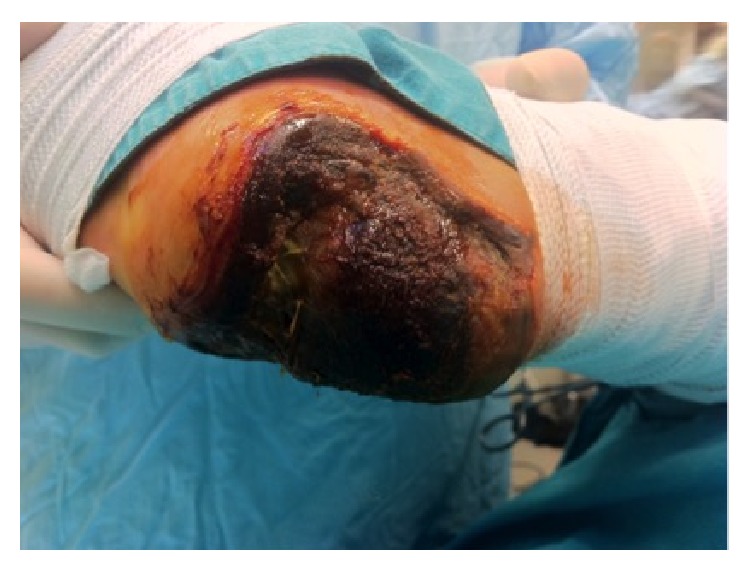
Overview Definition[1, 4–7] Acute limb ischemia (ALI) is a vascular emergency caused by a rapid decrease in limb perfusion. Symptom duration is < 2 weeks following the acute event. Epidemiology[5] Etiology[4] Pathophysiology Clinical Presentation Features[1,4–7,14] Diagnosis Acute limb ischemia is diagnosed on the basis of medical history, clinical presentation, physical examination, and vascular imaging.[1,5] History […]